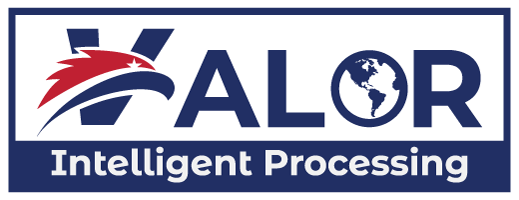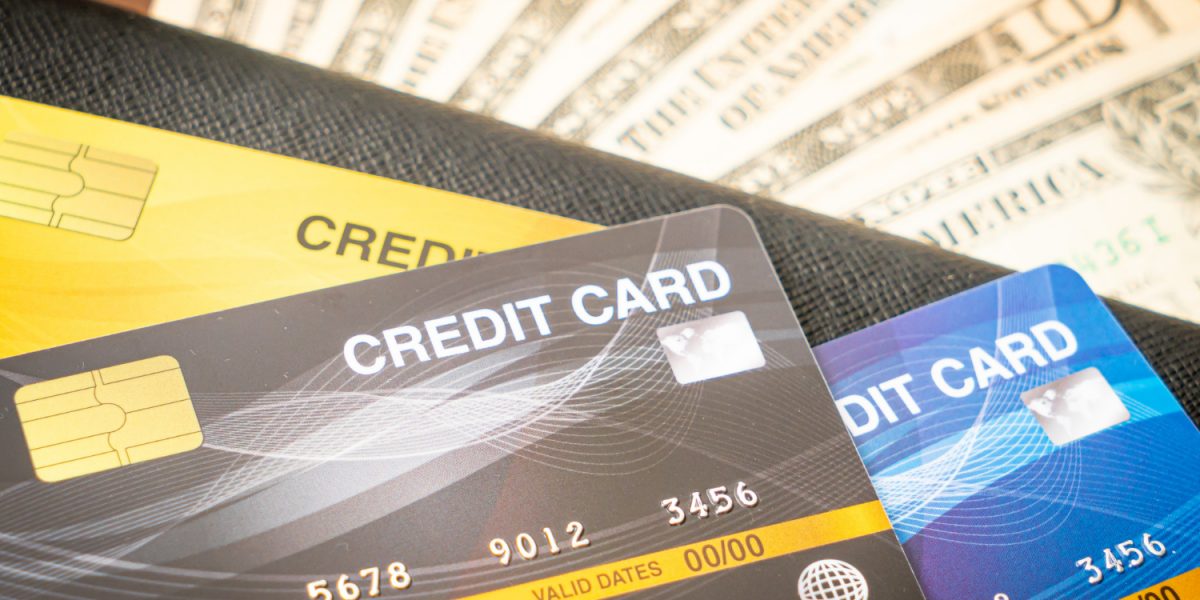Dealing with overdue credit card bills can feel overwhelming. The pressure from accumulating interest and fees can make your financial situation seem even more daunting. Being overdue on payments not only affects your credit score but also adds stress to your daily life. That’s why it’s crucial to take timely action to address these debts.
Tax refunds offer a unique opportunity to reset your financial situation. When used wisely, this annual financial boost can help you tackle overdue credit card balances. By applying your refund strategically, you can reduce the burden of high-interest debts and start taking steps toward financial recovery.
Using a tax refund to pay off credit card debt means more than just clearing balances. It involves assessing your current financial health and planning for sustainability. In this article, we’ll explore how to make the most of your refund, tackle outstanding credit card bills effectively, and secure your path to a more stable financial future.
Understanding Overdue Credit Card Bills
Overdue credit card bills can wreak havoc on your financial health. When you miss payments, your credit score can drop, making future loans more expensive or even inaccessible. Late payments can also lead to additional stress and limit your financial flexibility. This compounding effect of overdue bills can quickly snowball into a larger financial crisis if not addressed promptly.
The real challenge begins with the combination of high interest rates and late fees. Credit cards often carry high interest rates that cause your debt to grow faster than you might expect. When you miss a payment, the interest doesn’t stop; it continues accumulating on the new, higher balance. Late fees add another layer to this issue, increasing your debt load and making it harder to catch up.
Addressing overdue balances quickly is crucial. The sooner you make payments, the less you’ll owe in interest and penalties over time. This proactive approach not only eases financial pressure but also starts the process of repairing your credit history. Delaying action can lead to a vicious cycle of debt that’s difficult to escape.
Assessing Your Tax Refund and Outstanding Balances
Before using your tax refund, it’s essential to assess your financial situation carefully. Start by calculating your total overdue credit card balances. Collect your latest credit card statements or use online banking tools to sum up what you owe, including outstanding interest and fees. Knowing your total debt gives you a clear target to aim for when applying your refund.
Next, review the value of your tax refund. Check your tax records to confirm the amount you expect to receive. Having an accurate figure in mind is important for formulating an effective payment strategy. Compare this amount against your credit card debts to understand how far your refund will stretch in reducing your overdue balances.
Prioritizing high-interest debts is crucial in your repayment strategy. Identify which credit cards charge the most interest and fees. These are the ones that can quickly balloon into substantial debts if left unchecked. By directing your refund toward these high-priority accounts, you reduce the heaviest burdens on your finances first. This approach not only saves money on interest in the long run but also accelerates your journey toward financial stability.
Strategizing Refund Allocation for Maximum Impact
To make the most of your tax refund, start by applying it toward your outstanding balances with caution. Follow a simple step-by-step approach for efficient allocation:
1. List Your Debts: Write down each credit card and its respective balance, interest rate, and any late fees.
2. Target High-Cost Debts First: Use your refund to pay off balances on cards with the highest interest rates or heaviest penalties. This reduces the most costly aspects of your debt first.
3. Pay More Than the Minimum: If your refund allows, cover more than just the minimum payment. This strategy reduces principal balances faster and decreases the time it takes to become debt-free.
After allocating your refund, consider negotiating with creditors. They may offer reduced interest rates or waive late fees if you demonstrate commitment to clearing your debt. Approach them with documented payment plans and be clear about how your refund will contribute to paying off debts. Establishing open communication can lead to better terms and improve your financial position.
Planning for Future Financial Stability
Once you’ve addressed your current debts, focus on building a stable financial future. Start by creating a realistic budget to manage ongoing credit card use. Prioritize essential spending and limit luxury expenses to stay within your income.
Improve your financial health by adopting saving strategies. Set a goal for monthly savings toward an emergency fund. This fund acts as a safety net for unexpected expenses, preventing future overdue bills. Even small, consistent contributions add up over time.
Use any leftover refund amount to kickstart this emergency fund. Having a reserve eases anxiety and provides financial flexibility in tough times. By planning wisely, you establish a foundation for sustained financial well-being and ensure you won’t slip back into debt.
Conclusion
Using a tax refund thoughtfully can pave the way for improved financial stability. Effective allocation helps reduce your debt burden and set the stage for better financial habits. By tackling high-interest debts first and engaging with creditors, you can achieve a healthier financial situation and better credit prospects.
Valor Intelligent Processing, a Texas collection agency, can support your journey toward financial health. With our expertise, you’ll find practical strategies to optimize your refund’s impact. Explore how we can help you secure your financial future.


